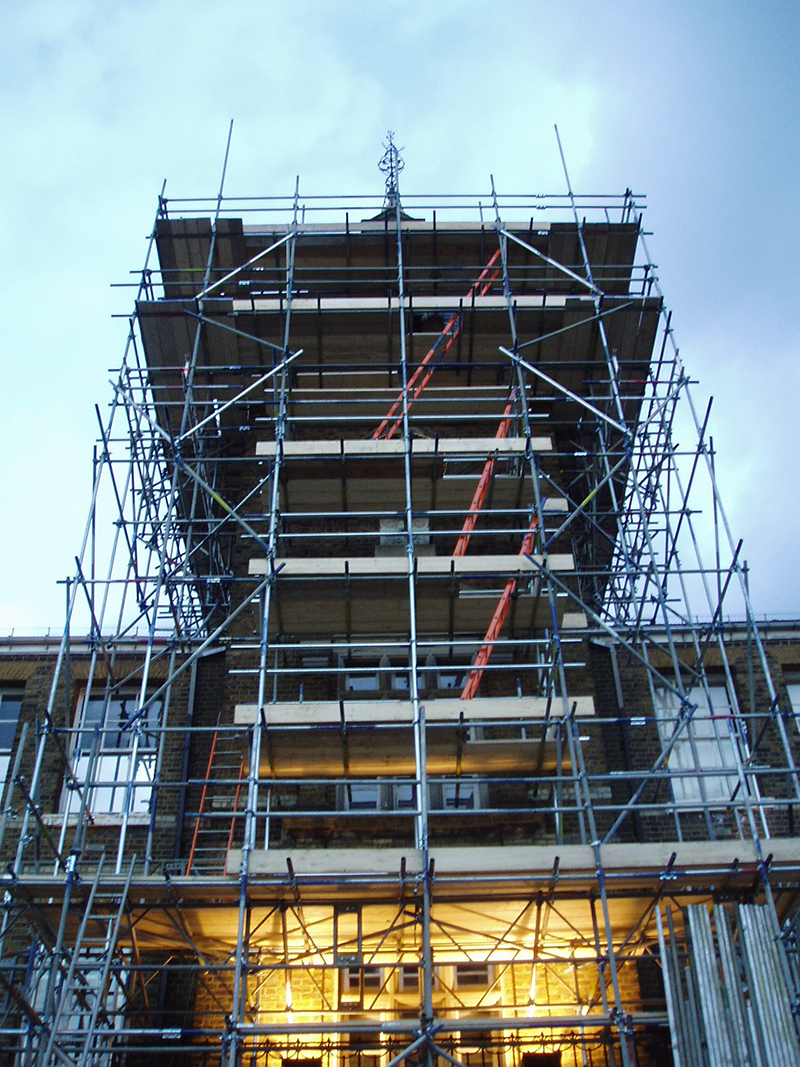Scaffold Safety: Critical Training for Laborers

In the swift-moving world of business construction, scaffolding serves as a crucial component that makes certain job sites continue to be secure and productive. As structures get taller and projects evolve into increasingly complex, grasping the intricacies of industrial scaffolding is essential vitally important for all workers involved. From offering support to facilitating simpler access for construction teams, the right scaffolding system can create a considerable difference in the achievement of any project.

Security is paramount in construction, and comprehensive training for workers is important in navigating the multiple types of temporary structures and the associated risks. By delving into the fundamentals of business scaffolding, we can explore its role in modern construction, the types present, and the importance of adhering to compliance standards. This article aims to provide you with the information required to ensure that scaffolding is not only an asset on your job site but also a mark of compliance and safety in every facet.
Comprehending Commercial Support Structures
Business support structures is a short-term framework engineered to hold up laborers and supplies during the construction, refurbishment, or servicing of facilities. It functions as a vital tool that enables entry to elevated locations, ensuring that employees can complete work securely and effectively. Given the size and complexity of business projects, support systems must be robust, versatile, and adhere to security standards. The significance of industrial support lies not only in enabling work at altitudes but additionally in improving overall job site security.
There are various types of scaffolding used in business projects, like frame scaffolding, system scaffolding, and suspended scaffolding. Each type offers unique advantages according to the exact needs of the task. Frame scaffolding is often used for its ease of setup and stability, while system scaffolding provides increased versatility and adaptability to intricate structures. Suspended scaffolding, on the other hand, is favored in cases where tasks needs to be done on tall structures or detailed exteriors. Comprehending these types is important for choosing the suitable scaffolding system that meets both the safety and operational requirements.
Properly using business scaffolding can greatly boost job site safety and efficiency. Correct scaffolding not just provides a secure platform for workers but additionally helps prevent accidents related to falls. Additionally, it facilitates the orderly arrangement of supplies and tools at altitude, minimizing the risk of dangers associated with cluttered areas. By allocating resources to top-notch support setups and training workers on their use, organizations can ensure compliance with safety regulations and establish a more secure employment environment for everyone involved in a project.
Safety Guidelines and Adherence
Compliance with safety regulations is vital for guaranteeing the protection of employees involved in industrial scaffolding projects. The OSHA provides specific guidelines that regulate the use of scaffolding in construction environments. These guidelines address various aspects, including the structure, use, and upkeep of scaffolding systems. Following these guidelines not only protects workers from possible accidents but also guarantees that employers meet regulatory requirements, thereby avoiding substantial fines and legal problems.
One of the crucial elements of compliance is performing regular inspections and assessments of scaffolding structures. This includes assessing the integrity of the scaffolding system, looking for defects, and making sure that the setup adheres to safety standards. Commercial Scaffolding In New Romney must be educated to spot potential hazards and report any deficiencies promptly. Safety inspections should be conducted before each shift or whenevr there is a change in conditions that may influence the stability of the scaffolding.
In addition, employers are responsible for appropriate training for their crews. This training should encompass OSHA regulations, safe use of scaffolding tools, and emergency procedures. A skilled workforce will greatly lessen the risk of accidents and injuries on construction sites. By investing in proper training and compliance measures, companies can develop a more secure work environment, eventually leading to higher productivity and a strong reputation within the building sector.
Selecting the Appropriate Scaffolding Options
Picking the right scaffold for commercial sites is essential for ensuring safety and efficiency. Various projects have specific needs based on their size, purpose, and environment. For case in point, a tall building might require specialized scaffolding solutions that can support heavier loads and provide greater stability at altitudes. Understanding the exact demands of your job will lead you in selecting between options like adjustable scaffolding, which offers adaptability, or traditional pipe and clamp units, which can be adapted for multiple purposes.
Another important factor is the elements used in scaffold. Aluminum scaffolding is often favored for its lightweight character and ease of setup, making it ideal for jobs where mobility and fast setup are priorities. Alternatively, metal scaffold may be more fitting for robust uses due to its sturdiness and longevity. Assessing the job factors, such as weight-supporting ability and environmental factors, will help you make an wise choice that best suits your operational needs.
Finally, it is essential to take into account the logistics of scaffolding setup and handling. Effective planning involves assessing location access, ensuring weight capacity capabilities, and timing installation to lessen interruptions on crowded commercial locations. Working with experienced scaffolding professionals can provide insightful insights and tailored solutions that enhance efficiency while complying to regulatory standards. A carefully considered scaffolding approach not only facilitates construction work but also plays a significant role significantly to the complete protection and efficiency of the task.
